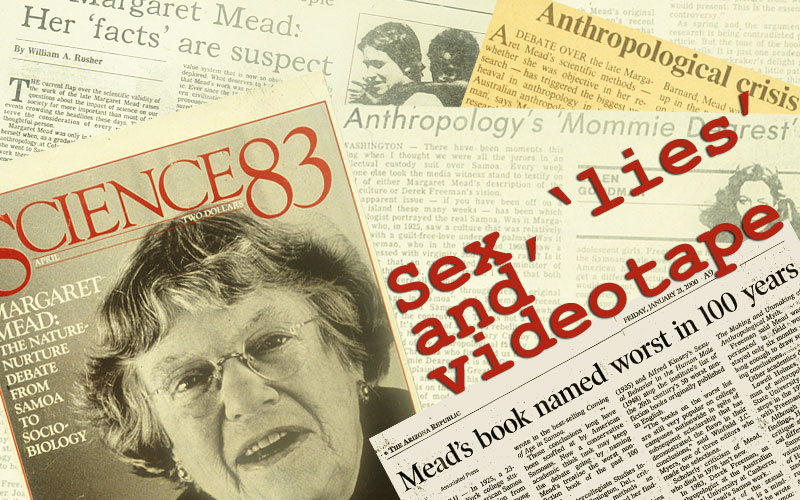Most people have now seen the cover of the August 9th issue of Time magazine, which depicts a portrait of Aisha, the 18-year-old Afghan girl who had her nose slashed off by Taliban butchers for the “crime” of fleeing her husband’s abusive family. But while the atrocities alluded to by the photo are repugnant, the response, or lack thereof, from much of the “peace movement” has been a close runner up in its wantonness.
What responses have been forthcoming seem to imply that much of the peace movement has morphed into a sickly, jaundiced figure; a sad shadow of what it once was.
For example, an article by Daisy Hernandez in Colorlines, through bizarre twists of logic, suggests that the picture “obscures the horror of war,” and “conforms to an aesthetic beauty we’re familiar with from women’s magazines.” Hernandez goes on to compare the article unfavorably to an exhibit on war photography at the World Erotic Art Museum and agreeably adds that critics “are accusing Time of exploiting Aisha to gather support for Obama’s futile war in Afghanistan.”
According to a letter co-signed by Robert Greenwald of Brave New Films, the cover is “outrageous, pro-Afghanistan-War propaganda cover art” produced by a managing editor campaigning “for his outrageous pro-war spin campaign.” (Never mind that the managing editor said he was not explicitly in favor of the war, that he wanted only to add the plight of women into the conversation!)
Most of the rest of the left has been silent.
But really? You’ll have to excuse me if, when I see a terribly butchered woman on the cover of a magazine, my thoughts don’t immediately turn to hatred of some U.S. imperialist war machine or the western bias of women’s magazine aesthetics. You’ll have to excuse me further for taking a little while to feel a terrible awe that this monstrous cruelty could be inflicted on anyone, especially someone so young.
Is this what the left has been reduced to? The left, which purports to stand for the rights of the individual, for freedom from, among other things, the brutality of sexism? Let’s be clear: a woman only eighteen years of age—a young woman who, in different circumstances would be looking forward, maybe starting college—fled a forced marriage out of a fear for her life. When she was found, her in-laws cut off her ears and Taliban supporters slashed her nose from her face.
The left are opposed to the war. People get that; we are not dealing in rocket science when trying to figure out how the peace movement feels towards U.S. policy in Afghanistan. But what does become confused and muddled is whether or not anyone really cares about the fate of women like Aisha. It certainly doesn’t seem that they do when articles denounce the editor of Time before they denounce the Taliban.
There are good points valid to the national conversation on the war that the left can insert. Time’s editors were trying to get the conversation on women’s rights, and how the war affects them, going. Instead of calling the national newsweekly warrior filth, mightn’t it be better to jump into the conversation? Left organizations on the ground, like the Revolutionary Association of the Women of Afghanistan, make these points all the time. To them, the religious fanatics and the U.S. occupation are twin evils, but the former won’t be destroyed before the latter leaves. But what would these heroic women fighters say to comfortable Americans who fret about how Aisha’s hair was styled?
It shouldn’t be hard for the left to make a clear and concise argument against the Afghan war, as RAWA does. But those “peace” forces—and you can’t really honestly call yourself a peace force if you don’t speak out against the mutilation and subjugation of women—who ignore the plight of Aisha; who after viewing her disfigurement very quickly move on to the subject, as Hernandez does, of whether or not her hair was put into a “western” style so as to curry favor with American men—are destroying the context in which the left can fight for peace—and be proud while doing it.
Put simply, if you’re going to oppose the war and be taken seriously (by people other than the racists who merely don’t want to spend money defending brown people), you need to answer the question posed by Time: what does happen after the U.S. leaves?
And you have to come up with a satisfactory answer.

